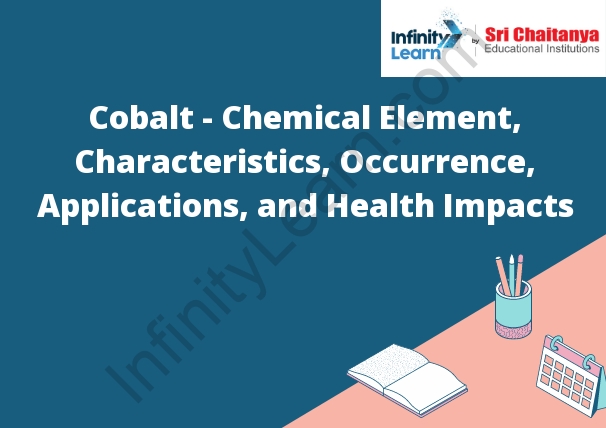Table of Contents
What is Cobalt? ;
Cobalt is a chemical element with the symbol Co and atomic number 27. It is a hard, silvery-white metal that is found in the earth’s crust. Cobalt is mainly used in the production of alloys, including stainless steel.

About Cobalt
Cobalt is a chemical element with symbol Co and atomic number 27. It is a silver-white, lustrous, hard metal with a high melting point.
Cobalt is found naturally as the free element and in combination with nickel and iron in minerals. The metal is produced by reducing the oxide with carbon.
Cobalt has several important industrial applications, including in the production of corrosion-resistant alloys, magnets, and catalysts.
The most common use of cobalt is in the production of stainless steel. Stainless steel is a combination of iron, chromium, and nickel, and cobalt is added to the mix to improve the alloy’s resistance to corrosion.
Cobalt is also used to make magnets. Magnets are made of alloys that contain iron, nickel, and cobalt. The addition of cobalt makes the alloy stronger and more resistant to corrosion.
Cobalt is also used in the production of catalysts. Catalysts are substances that speed up chemical reactions. Cobalt is used in the production of some types of catalysts because it helps to stabilize the catalyst and improve its performance.
Characteristics of Cobalt
Cobalt is a hard, brittle, silver-grey metal. It is found in the Earth’s crust at a concentration of about 0.003%. It is a magnetic metal and has a very high melting point.
Occurrence of Cobalt
Cobalt is a transition metal that is found in Group 10 of the periodic table. It has a silver-white color and a metallic luster. Cobalt is a hard, brittle metal that is resistant to corrosion. It is used to make alloys with other metals, such as nickel and iron, to create strong, durable materials. Cobalt is also used in the production of magnets, batteries, and surgical implants.
Production of Cobalt-60
The isotope cobalt-60 is most commonly produced commercially by bombarding nickel-59 with neutrons in a nuclear reactor.
The nickel-59 is a stable isotope, while the cobalt-60 is an unstable isotope that decays radioactively. When the unstable cobalt-60 decays, it releases a gamma ray.
The gamma ray is then used to irradiate food, medical supplies, or other objects that need to be sterilized.
Extraction of Cobaltfrom Zinc Ores
Cobalt can be extracted from zinc ores by converting the zinc to zinc oxide and then reducing the zinc oxide to metallic zinc with carbon. The metallic zinc can then be oxidized to zinc oxide and the cobalt can be extracted from the zinc oxide with sulfuric acid.
Applications of Cobalt
Cobalt is mostly used in the production of alloys. Some common alloys that contain cobalt are:
Stainless steel
Super alloys
Hardened steel
Tool steel
Cobalt is also used in the production of magnets and in the refining of oil.
Batteries
Batteries are classified according to their voltage.
A battery with a voltage of 1.5 volts is a AA battery.
A battery with a voltage of 3.6 volts is a lithium ion battery.
Health Impacts of Cobalt
Cobalt is an essential mineral that the body needs for good health. Cobalt is found in many different foods, including meats, vegetables, and dairy products. It is also found in vitamin B12, which is important for healthy blood and nerve function.
People who have low levels of cobalt in their blood may experience health problems such as anemia, nerve problems, or skin problems. Cobalt deficiency can also lead to a decrease in the body’s ability to fight infection.
People who work with cobalt may be at risk for health problems if they breathe in the metal dust or fumes. Cobalt can also cause skin problems if it comes into contact with the skin.








